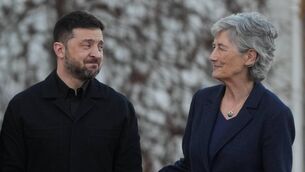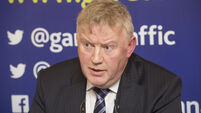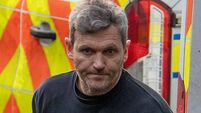IRA decommissioning: Your questions answered
Q – Just how vast was the quantity of arms and explosives decommissioned by the IRA.
A – General John de Chastelain and his team weighed all the explosives as well as counting and tagging every gun handed over. But even though they have a full inventory of the vast arsenal, details of just how much the IRA had hidden away were not revealed.













